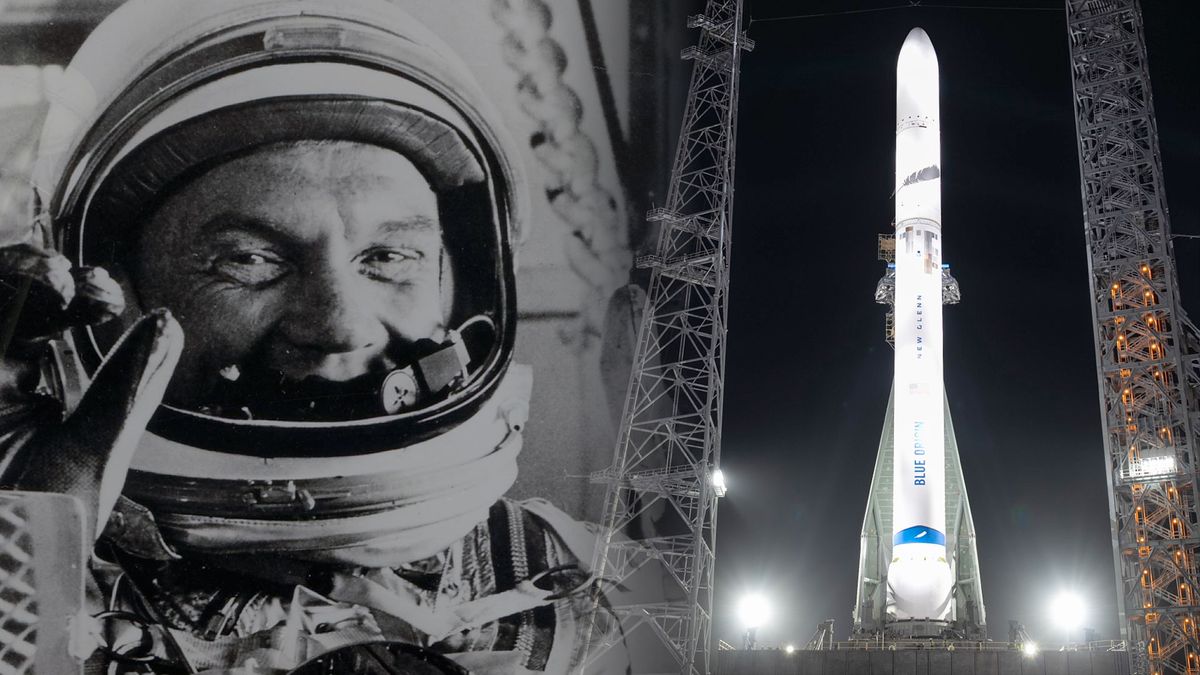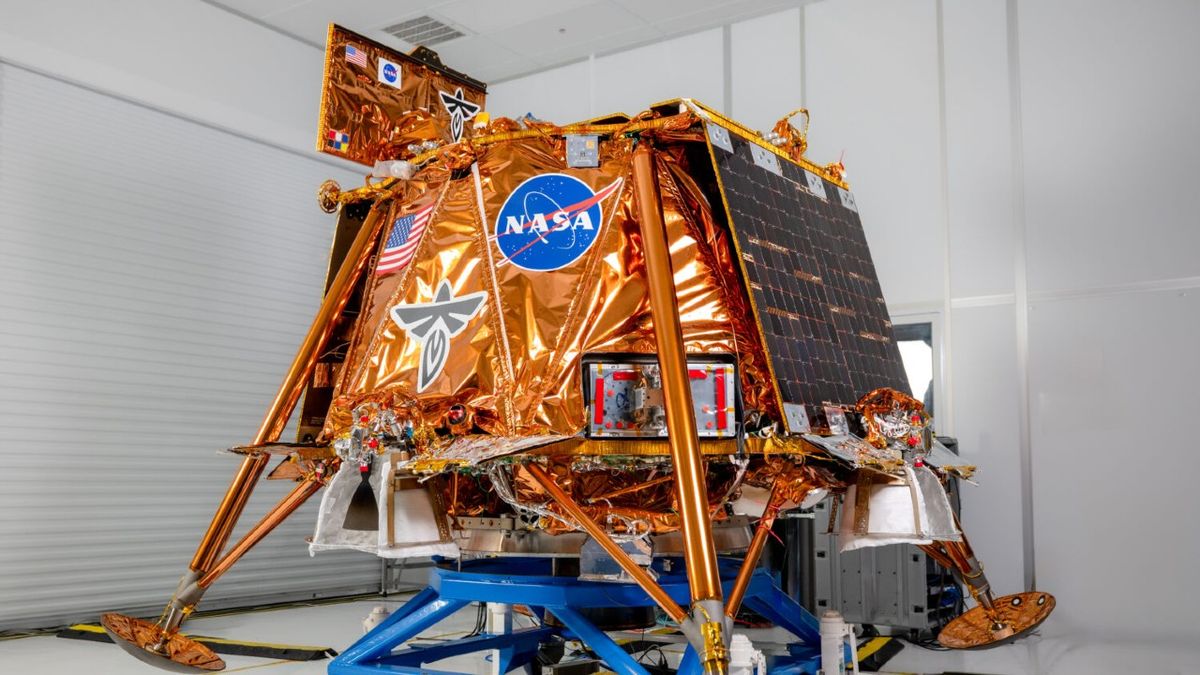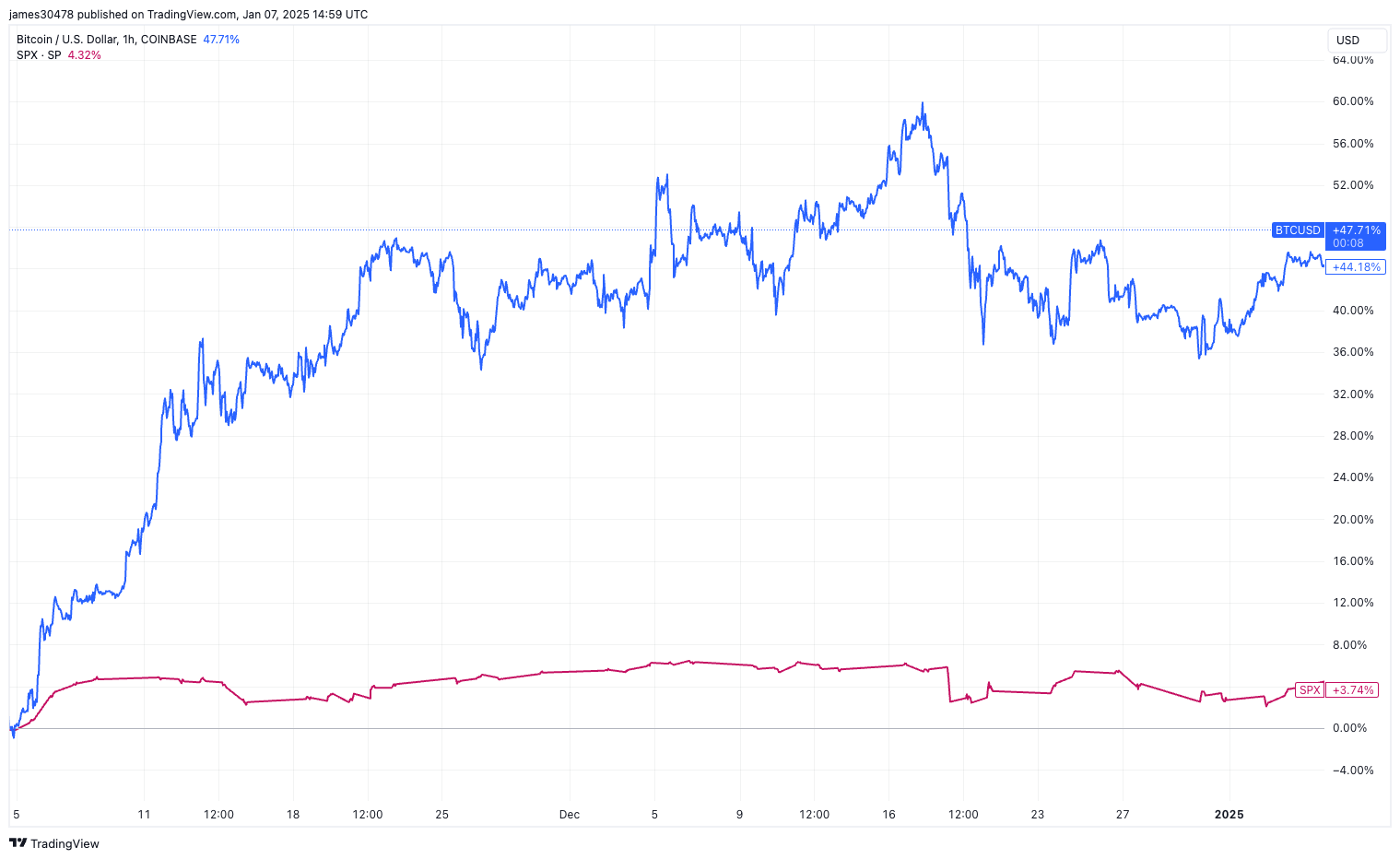
High blood pressure is a common symptom of pre-eclampsia
Nataliya Piatrovich/Alamy
Delivering babies early, when possible, is currently the only way to deal with the common pregnancy complication pre-eclampsia. But the condition has now been successfully treated in mice by delivering mRNA molecules to the placenta to boost the growth of new blood vessels.
The next step is to test this mRNA therapy in larger animals, such as guinea pigs and non-human primates, says Kelsey Swingle at the University of Pennsylvania. “That’s something we’ve talked about starting in the really near term.”
If the therapy proves effective in larger animals, the team envisages it being tested first in people who develop pre-eclampsia early in pregnancy.
“If you get pre-eclampsia in month eight or nine of pregnancy, you’ll induce early, but it’s not an option if you have severe pre-eclampsia in your fourth or fifth month of pregnancy. Very likely you’re going to lose the baby,” says team member Michael Mitchell, also at the University of Pennsylvania. “So that’s where the treatment can [address] an immediate need.”
It could also potentially be used later in pregnancy to avoid the need to induce birth early, which can affect the health of infants.
Around 1 in 25 women develop pre-eclampsia during their first pregnancy, which can lead to serious consequences. Globally, pre-eclampsia is estimated to kill 75,000 women and 500,000 infants each year.
Pre-eclampsia is usually diagnosed on the basis of high blood pressure after the 20th week of pregnancy, along with signs of kidney damage, such as proteins in urine. The underlying reason for this is a failure of the arteries linking the uterus to the placenta to develop as fully as normal, says Swingle.
So, in theory, boosting artery growth in the placenta could treat pre-eclampsia. We know that a protein called vascular endothelial growth factor (VEGF) boosts blood vessel growth – the issue is getting it to the placenta.
If proteins like VEGF are simply injected into blood, they are rapidly cleared, says Swingle. This can be overcome by delivering the recipes for making proteins instead, in the form of mRNA molecules encased in a fatty substance to form lipid nanoparticles (LNPs).
When the LNPs are taken up by cells, the mRNA molecules tell the cell how to make the desired protein. The molecules get broken down after a while, so the effect is temporary.
This is how the covid-19 mRNA vaccines work, so the approach has already been tested in pregnancy, says Swingle. “Lots of pregnant women were vaccinated against covid-19.”
The LNPs used in the mRNA covid-19 vaccines get taken up by muscle cells because they are injected directly into them. But if the same LNPs are injected into the blood, they are almost all taken up by liver cells.
So the big challenge for Swingle and her team was finding a way to get LNPs to the placenta. To achieve this, they created and tested a hundred or so LNPs with slightly different chemical properties.
When the team used the most promising of these LNPs to deliver mRNA molecules coding for VEGF to pregnant mice with pre-eclampsia, the mice’s blood pressure returned to normal for the remainder of the pregnancy.
“This approach is worthy of further study in higher-order primates and, if the animal data imply both safety and efficacy, in women with pre-eclampsia,” says Peter von Dadelszen at King’s College London.
Studies in mice that use mRNA coding for a fluorescent protein show that the LNPs are taken up by the spleen and to some extent by the liver, as well as the placenta, which is a potential safety issue. Importantly, though, there was no sign of LNPs crossing the mice’s placentas into the fetuses.
While there is no current treatment for pre-eclampsia, the risks are particularly great without advanced medical care. “An injectable therapy that doesn’t require all of this complicated standard of care that’s very expensive could be transformative for developing world applications,” says Mitchell.
Topics:








Leave a Comment